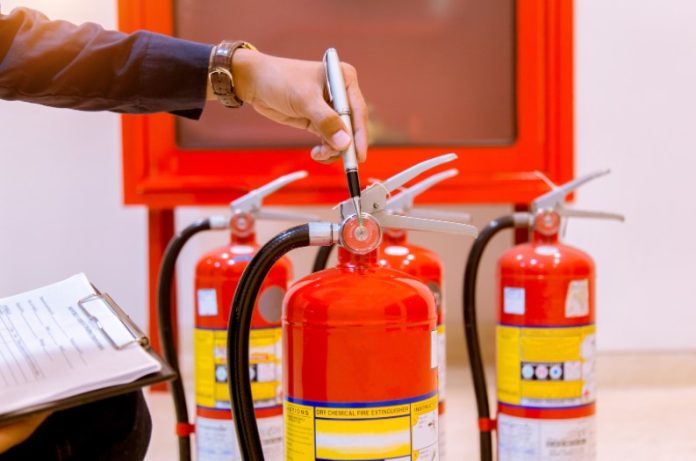Table of Contents
Using fire-resistant materials to divide building structures into fire cells can reduce smoke and fire spread. A fire raging through your building is something you worry about and hope never happens.
Most people know the fundamentals of fire suppression with sprinklers, fire extinguishers, and the like. Passive fire protection is an essential aspect of fire protection.
It’s best to consult with a Passive Fire Protection Company from the beginning of the design process for any new facility – that can retrofit the necessary protections into all existing building fit-outs where practicable.
Areas of Passive Fire Protection
While every facility worker will do all possible to prevent a fire from starting in the first place, understanding how to stop it from spreading is the next step.
Passive fire protection is divided into four areas.
1. Structural Fire Safety
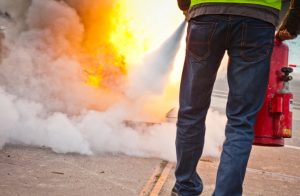
Structural fire protection protects critical structural components from the impacts of fire, such as steel structures and joint systems.
This can be done using fireproofing materials or construction materials to create the structure.
Passive fire protection products include:
- spray-on thin-film intumescent coatings
- endothermic materials like gypsum-based plasters
The structural integrity of the commercial building should be preserved when exposed to fire if a structural fire protection system is built and deployed effectively.
2. Fire Compartment
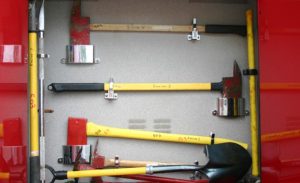

Compartmentation includes fire-resisting walls, fire barriers, fire partition walls, and smoke barriers. Fire-resistant walls, floors, and ceilings are examples of fire barriers.
These barriers are intended to prevent a fire from spreading across a structure and allow a safe exit. For complete protection, walls extend from a fire-rated floor to the ceiling above and continue into hidden compartments.
3. Opening Safety
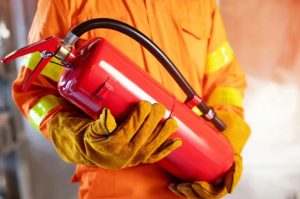

To maintain a fire barrier’s fire resistance, fire doors and windows are fitted in its openings. Doors, builders’ hardware, and frames work together to make an excellent smoke and fire barrier.
Fire-rated glazing/glass and frame are evaluated as a whole assembly to maintain the fire barrier.
If air ducts pierce fire-rated or smoke-resistant assemblies, fire and smoke dampers that are typically used in duct systems, are considered “opening protection” and complete the fire barrier.
4. Fire-Resistant Materials
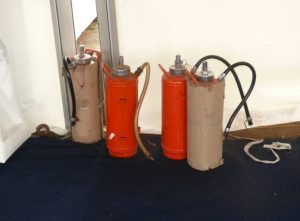

There are many different types of thermal insulation materials that can be used for the primary goal of heat insulation.
However, when evaluating the fireproofing of thermal insulators, only a few building materials can withstand fire exposure.
Numerous factors are considered while selecting the appropriate fire retardant materials, ranging from load-bearing function and capacity and thermal conductivity to decay resistance.
Examples of fire-resistant building materials are:
- Fire-resistant glass blocks for windows are exceptionally resistant to fire while allowing light to pass through.
- Concrete is incombustible and has low thermal conductivity.
- House brick is manufactured in a kiln and is naturally resistant to fire.
The Importance of Fire Resistant Construction Materials
Treatments are applied to fire-resistant materials to strengthen them against severe temperatures. However, none of these materials is entirely fireproof; fireproofing is a process that significantly reduces their susceptibility to fire.
Any breaches in fire compartments must be sealed with an intumescent sealant when exposed to high temperatures. This plugs up any holes and prevents smoke and flames from passing through.
Fireproofing must be applied to all openings between compartments, including escape routes, windows, joints, pipes, and ducts. There must be no chance for fire to spread through a compartment in the case of a fire.
Conclusion
Buildings must be built to provide adequate fire protection while minimizing heat and smoke concerns and the risk of death or harm to building occupants.



































